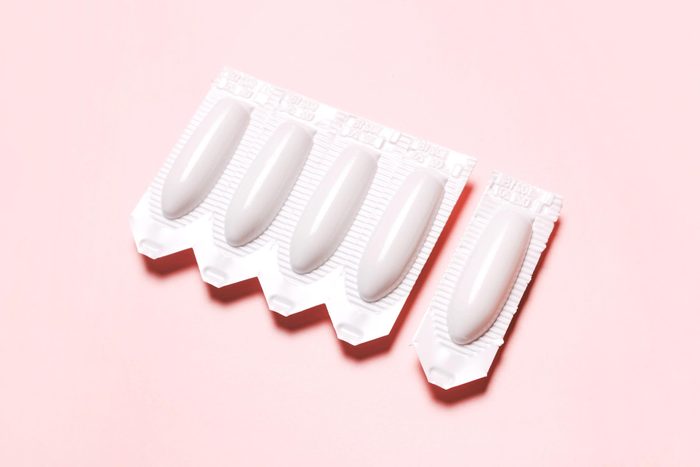
Yeast infections are no fun…for anyone. The itching, burning, and discharge caused by an overgrowth of candida fungus that causes them can be an uncomfortable hassle. So how do you get rid of a yeast infection?
“While yeast infections are commonly associated with women’s health, they can affect anyone,” Laura Purdy, MD, a family medicine doctor from Santa Barbara, CA, tells The Healthy @Reader’s Digest. (You can get them “down there,” but they can be common anywhere in skin or in the mouth.)
Candida is the fungus responsible for yeast infections. It lives naturally throughout our bodies, she explains. Certain conditions, like decreased immunity due to hormonal shifts or medication such as antibiotics or corticosteroids, can cause too much to grow and lead to infections.
Want to know how to get rid of a yeast infection? There are a few things that can do the trick.
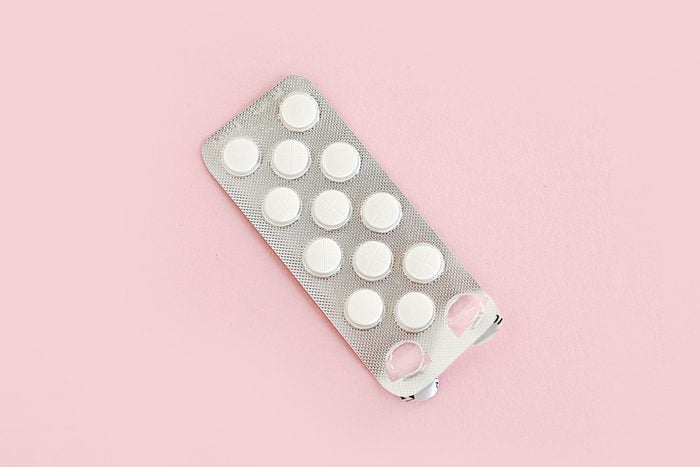
How to get rid of a yeast infection
1. Traditional medications
A trip to the drugstore may be all you need, but make sure you’re dealing with a yeast infection (sexually transmitted infections can have similar symptoms). Yeast infections can occur in men and women, and aren’t limited to the genital area. Over-the-counter creams are available, as are suppositories. Your doctor may also give you an oral antifungal medicine like fluconazole (Diflucan) to help.
Home hacks may help, but they’re not as effective as antifungal ointments, says. Meleen Chuang, MD, a clinical associate professor at Family Health Centers at NYU Langone, tells The Healthy @Reader’s Digest.
That said, you can use home remedies as well to try and find some relief.
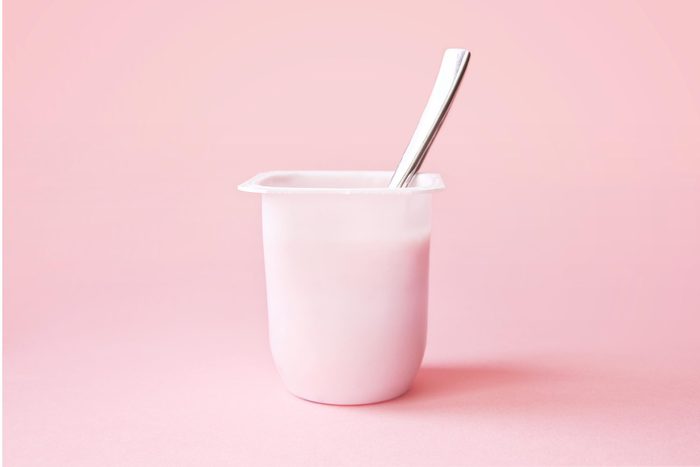
2. Fro Yo
One great hack for women that Chuang likes is freezing plain, unsweetened yogurt in nitrile gloves. Then “break” off a finger, remove the glove, and insert the frozen yogurt vaginally at night. It can colonize good bacteria in the vagina directly, Chuang tells The Healthy. Other experts say that this could introduce natural sugars in yogurt to ground zero, but a lot of doctors swear by this.
Eating yogurt (or taking probiotics) can be another good fix that doesn’t involve gloves or freezers. Experts say to skip the high-sugar varieties, as sugar helps candida thrive.
A Nutritionist Just Revealed the #1 Worst Food to Eat for Yeast Infections
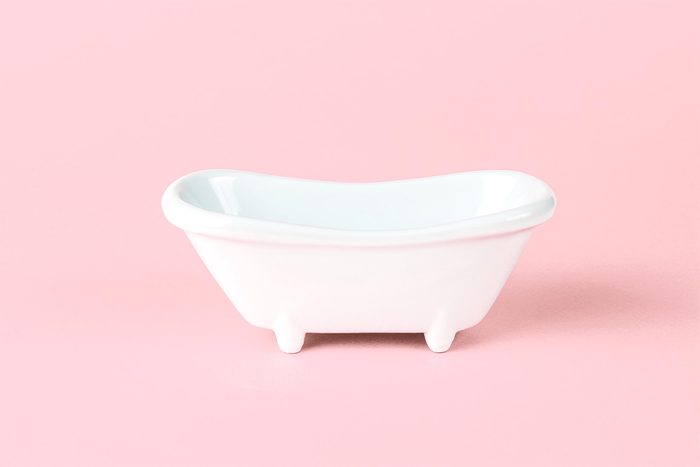
3. Soak it up
You may want to know if you can wash out a yeast infection in the vagina. You can, sort of. (Though experts disagree if this is helpful.) Gently wash the area—no soap needed, as it can aggravate things. Chuang also suggests diluting apple cider vinegar (use a 1:1 concentration) to lower the pH. Soak for 10 to 15 minutes.
If apple cider vinegar sounds too acidic, you can also try adding plain salt to bathwater and see if that gives you some relief.
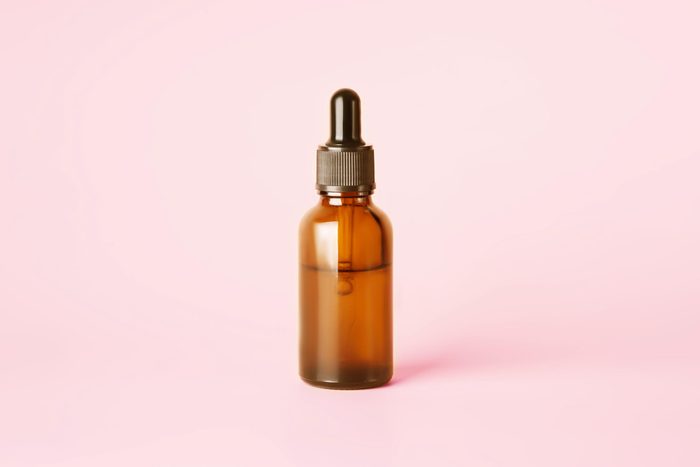
4. Skin fixes
If your yeast infection is on the skin, putting antibacterial and antifungal tea tree oil around skin folds can help as you may have irritation and a whitish substance there. Other sources say coconut oil may help. A&D ointment can create a barrier between the skin and decrease the surface area for the skin to degrade, Chuang says.
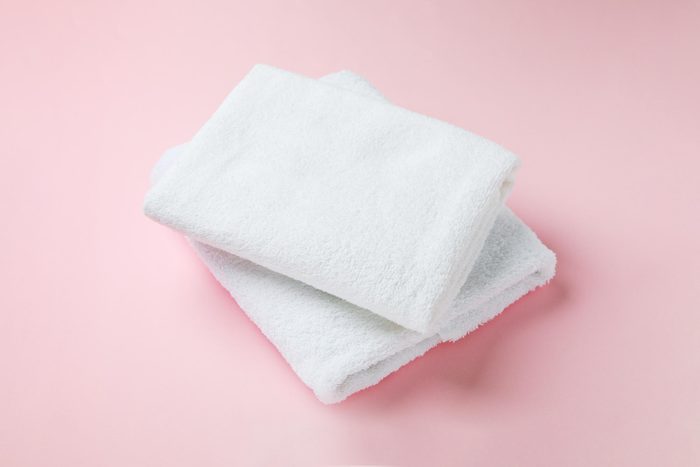
5. Avoid moisture
Simple things like not staying in sweaty workout clothes or wet bathing suits can go a long way to offer some relief—and prevent infections on the whole. Don’t wear a pantyliner, even if you’re dealing with discharge, because it can trap moisture next to your body.
“Practicing good vaginal hygiene by wearing cotton underwear that breathes properly and avoiding potentially irritating substances are ways of managing and preventing yeast infections,” Purdy says.
